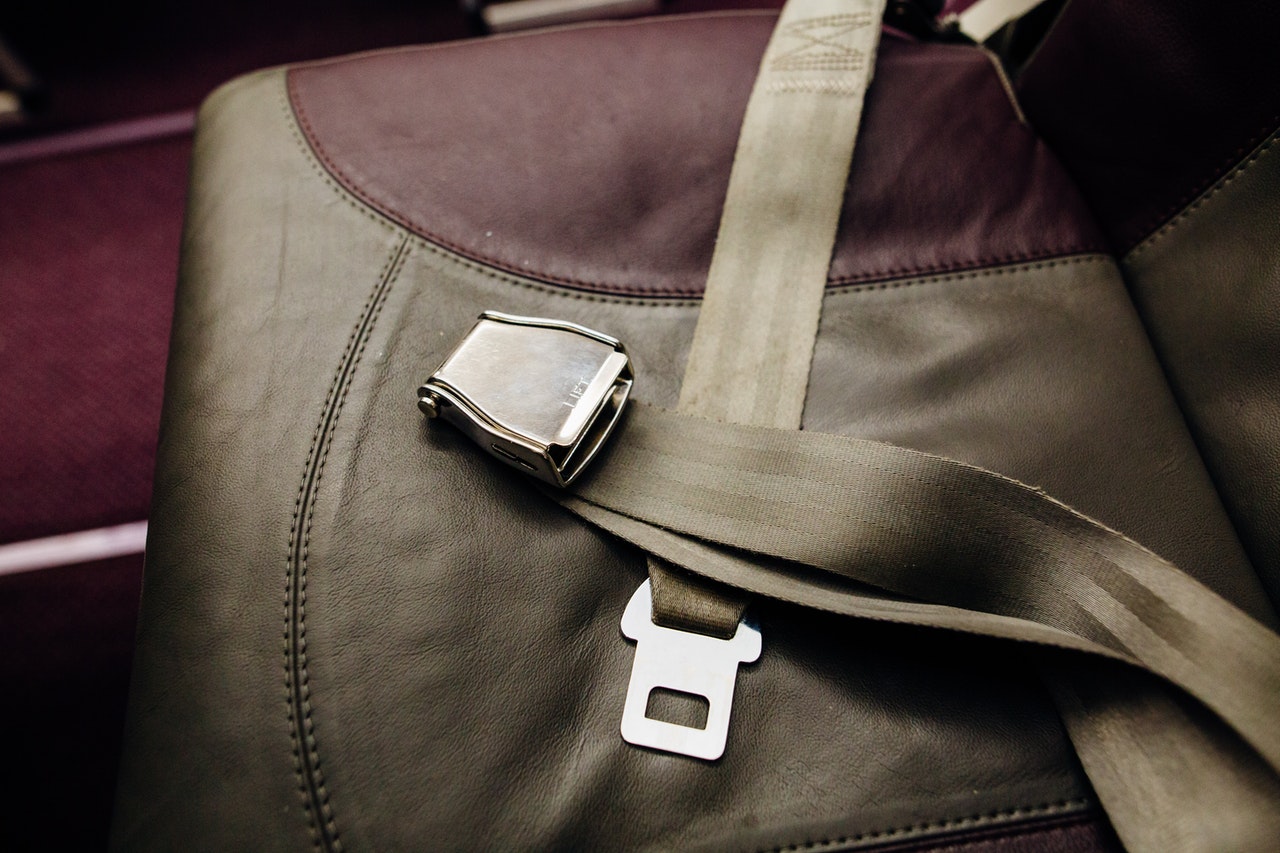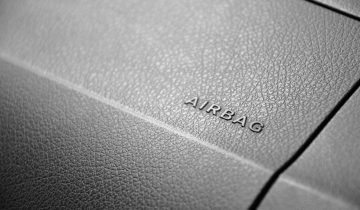Seat belts are safety mechanisms that save countless lives. During car accidents, these devices prevent drivers and passengers from being thrown within and out of vehicles. They protect against severe and life-threatening injuries, which is why the law requires people to wear them at all times.
Seat belt designs have been improved since their invention in the late 1800s, and they now offer more safety than ever. However, their life-saving mechanisms will only work well if they are in proper working condition.
How Can I Test My Seat Belts for Safety?
It’s best to check your seat belts regularly to ensure that you and your passengers remain safe in the event of a vehicular accident. Doing some quick inspections can help you identify some faults that need correcting.
1 – Untwist the Belts
Twists in the belt may lead to further harm in the event of an accident, as the impact from a collision may not be evenly distributed across the belt. Instead, it will mostly affect the twisted area. Carefully untwist them to ensure proper protection.
2 – Check the Buckle and Webbing
Inspect the buckle for any signs of damage, and ensure that it secures to the stalk properly. The stalk should not be loose, and the buckle should stay connected even if you pull hard.
The webbing should not have any signs of damage as well. If there are any indications of wear, such as nicks, cuts, frays, and holes, they may compromise the seat belts’ safety. Even slight faults can result in disastrous consequences, so it’s best to schedule seat belt repair services immediately.
3 – Examine the Ease of Retraction
Seat belts should retract smoothly and effortlessly. Too much friction, slowness, or delays when you pull on the belts could be signs of a problem with the devices. Try testing the locking mechanism by pulling the belt suddenly—the retractor should be able to lock when you do so.
4 – Ensure the Adjusters Are Set Correctly
The seat belt’s adjusters should be positioned above the shoulder of each passenger, and they should fit comfortably. The sliders should be at the top of the seat for occupants taller than 4’5” (135 cm). The belt should rest across the middle of shorter individuals’ shoulders.
When Should I Have My Seat Belts Replaced?
Seat belts should be replaced immediately if they show signs of wear, such as holes, frays, cuts, or faulty retractors. Some experts also recommend changing them after around 10 to 15 years of use. Although older ones may still function well and not show any overt damages, it’s best to err on the side of safety.
If the vehicle was involved in a car crash, the seat belts should also be replaced to ensure that they do not malfunction in a future collision. Experts suggest changing all of them, even if the others were not in use during the accident.
Contact Seat Belt Repair Services Today
Although seat belts are life-saving devices, they will only be effective if they pass the aforementioned safety checks. Regularly inspecting your seat belts is crucial in ensuring that they remain in good working condition. Make sure to keep this handy guide in mind as you provide protection to yourself and your passengers!
If you’re looking for seat belt repair services in the US, Safety Restore has you covered. We offer the best post-accident restoration solutions for your vehicle. Ensure your complete protection—contact us today!


